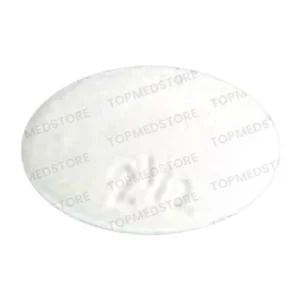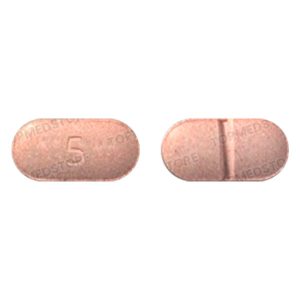Showing the single result
Lisinopril is an active component is the anhydrous form of the long-acting angiotensin-converting enzyme inhibitor. It shows an antihypertensive activity. This component is a synthetic peptide derivative, that binds to and inhibits ACE so as to block the conversion of angiotensin I to angiotensin II. It prevents the potent vasoconstrictive actions of angiotensin II and results in vasodilation. It helps decrease angiotensin II-induced aldosterone secretion by the adrenal cortex. It leads to an increase in sodium excretion and subsequently increases water outflow.
Class of Drugs – ACE inhibitors
Molecular Formula – C21H31N3O5
Molecular Weight – 405.5 g/mol
Working: The action mechanism of Lisinopril acts by blocking a substance in the body that causes the blood vessels to tighten. As a consequence, the ingredient relaxes the blood vessels. Due to the lowering of the blood pressure and increase in the supply of blood and oxygen to the heart. It is also used to help treat heart failure.
Uses: Given medicine is a member of a class of drugs known as ACE inhibitors. Lisinopril is approved for the treatment of high blood pressure. Reducing high blood pressure helps protect strokes, heart attacks, and kidney problems. It can be used to treat heart failure and to improve survival after a heart attack. This ACE inhibitor medicine works by relaxing blood vessels so blood can flow more easily.
Popular Brands and Dosages: This active ingredient is used in following popular brand medicine:
- Zestril: 2.5 mg, 5 mg, 10 mg, and 20 mg
This medication is contraindicated in the people with a history of angioedema or recently took medicines for heart disease. Pregnant women should consult the doctor before consuming this medicine.


